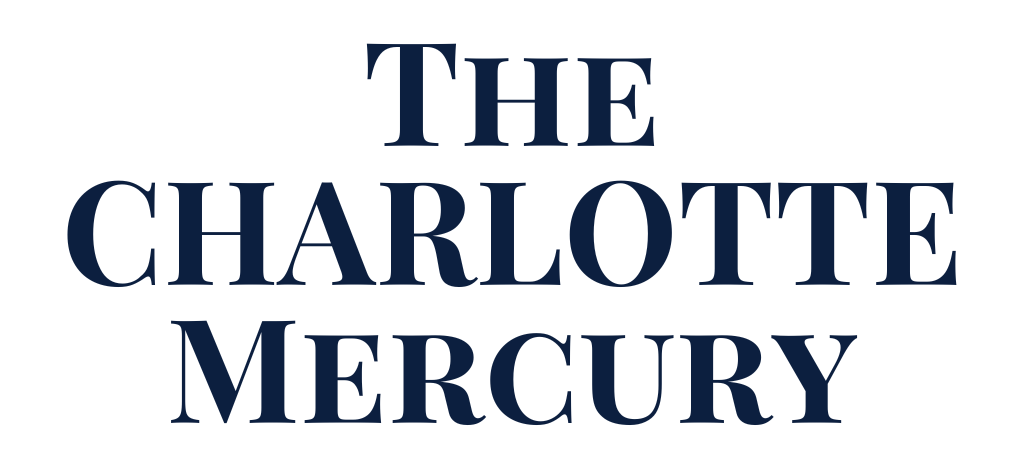
The Tiny Sliver That Stops Everything: Why a South Mecklenburg Map Matters
By Jack Beckett | The Charlotte Mercury
What happened
At a September 24 Budget and Public Policy meeting, Mecklenburg County leaders walked through a legally required land-use policy for a very small unincorporated pocket south of Pineville. The point is not to rezone anything today. The point is to adopt future land-use guidance so that any rezoning can happen later. Without this map, nothing moves.
Vice Chair Lee Altman chaired the session. County staff and City of Charlotte long-range planners explained why the county must adopt the policy to comply with North Carolina G.S. 160D. County Attorney Tyrone Wade underscored the key practical effect: any pending rezonings in that tiny unincorporated wedge are on hold until the county adopts a plan.
What the map does and does not do
Does not do:
- It does not rezone property.
- It does not change current uses on the ground.
- It does not commit funding.
Does do:
- It sets a policy map using Charlotte Future 2040 place types to guide future decisions.
- It brings the county into compliance with state law so rezoning cases can be heard.
- It gives boards and staff a reference when a landowner requests a change later.
Planners were clear: place types are policy, not regulation. They guide, they do not bind. If a landowner wants a change, the normal rezoning process still applies. That is when infrastructure and service agencies weigh in on water, stormwater, streets, and fire.
Where is this and what is on it
The area is a narrow unincorporated strip directly south of Pineville, with South Carolina to the west and Lancaster Highway to the east. Most of it is already built-out single-family neighborhoods.
Using place types adopted in Charlotte’s comprehensive plan, staff translated existing zoning to the “most equivalent” place type and then checked that against community input. Four place types are relevant here:
- Neighborhood 1: primarily single-family neighborhoods.
- Neighborhood 2: higher-density housing like townhomes and apartments.
- Neighborhood Activity Center: low-rise, mixed-use, pedestrian-oriented areas.
- Manufacturing & Logistics: large-format warehouse, distribution, and industrial sites.
What residents said and how staff mapped it
Engagement in June and July drew roughly 150 attendees across virtual and in-person meetings, and about 106 total comments by meeting, form, email, and phone. Conversations centered on three specific spots:
- Focus Area 1: storage facility site
Community consensus supported Manufacturing & Logistics. - Focus Area 2: small mixed-use node with medical, dental, and a preschool
Community consensus supported Neighborhood Activity Center. - Focus Area 3: church property
Community consensus supported Neighborhood 1. Staff noted church uses are allowed within Neighborhood 1.
Outside those, the map largely remains Neighborhood 1, reflecting the existing single-family character. In plain English: this policy map keeps the status quo.
Why the timeline matters
The county outlined a clean path to adoption, with specific dates:
- October 21: Release of the draft comprehensive plan for Unincorporated South Mecklenburg, plus a request to set a public hearing at the regular meeting.
- November 5: Public hearing before the Board of County Commissioners.
- November 18: Presentation to the Charlotte-Mecklenburg Planning Committee for a recommendation.
- December: Return to the Board for endorsement.
Commissioner Susan Rodriguez McDowell pressed staff on whether the schedule could be compressed. Staff answered that releasing the full draft gives residents something concrete to read and respond to in advance of the hearing.
Who actually decides later
Several commissioners asked who will call the shots when a rezoning eventually lands. The attorney’s answer was straightforward: within this unincorporated sliver, the Board of County Commissioners hears the case and decides. Pineville is not a party to this plan because the land is outside town limits. The City manages planning administration under intergovernmental agreements, but the Board decides for this geography.
Growth worries vs. what is in front of the Board today
Commissioners voiced familiar concerns about growth and infrastructure. Staff acknowledged those concerns but emphasized the narrow purpose today: adopt a policy map to satisfy state law. Infrastructure analysis happens case-by-case at rezoning. Meanwhile, the map does not add density and the area is already largely built out.
The bottom line for neighbors
- Your zoning does not change with this vote.
- The county is meeting a state requirement so that future requests can be heard at all.
- The policy map mostly keeps single-family neighborhoods as Neighborhood 1, with a small Neighborhood Activity Center and one Manufacturing & Logistics site.
- You can comment on the draft after it is posted on October 21 and at the November 5 hearing.
Read more, keep up, and show up
Find more civic coverage on The Charlotte Mercury, including fresh reporting in News and beat-by-beat analysis in Politics. Our 2025 election coverage hub is live. It is called Poll Dance 2025 because we believe in accurate counts and bad puns. Visit Poll Dance 2025 for guides, dates, and explainers.
About the Author
Jack Beckett writes for The Charlotte Mercury with a bottomless cup of coffee and a notepad full of follow-ups. When he is not underlining the fine print at county meetings, he is filing explainers that refuse to waste your time.
The Fine Print
We run privacy-first journalism and we are allergic to surveillance advertising. Curious how we operate or want to partner with us? Read the details and then hold us to them:
Creative Commons License
© 2025 The Charlotte Mercury / Strolling Ballantyne
This article, “The Tiny Sliver That Stops Everything: Why a South Mecklenburg Map Matters,” by Jack Beckett is licensed under CC BY-ND 4.0.
